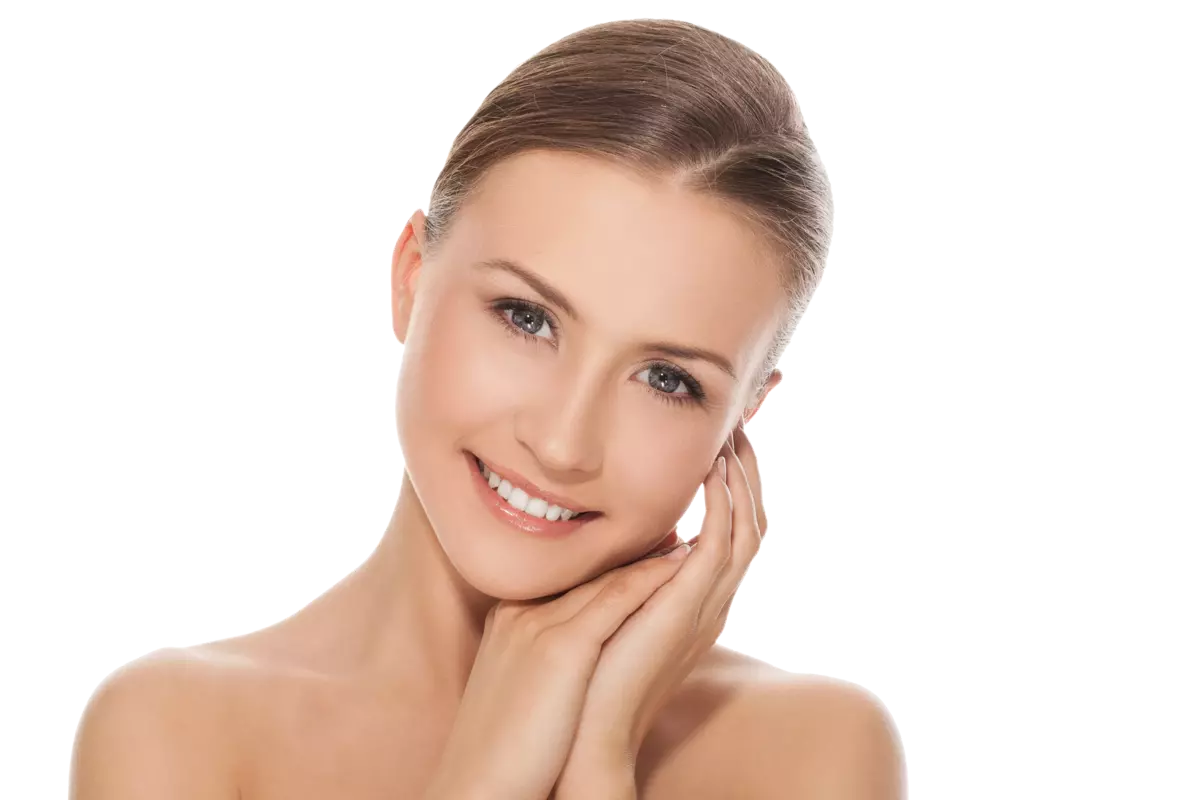For which type of skin is manual cleansing not recommended?
For which skin types is manual facial cleansing not recommended?
Manual facial cleansing, although effective in removing blackheads and impurities, is not suitable for all skin types. There are specific contraindications that arise from the risk of skin irritation, worsening of the skin condition, or the spread of infections. Below is a detailed explanation of situations where manual cleansing is not advisable and why it should be avoided in these cases.
1. Skin with active bacterial, viral, or fungal infections
Manual cleansing should not be performed if the skin is affected by active infections, such as:
- bacterial infections (e.g., impetigo),
- viral infections (e.g., cold sores, warts),
- fungal infections.
During manual cleansing, there is a risk of spreading pathogens to other areas of the skin, leading to the exacerbation of the infection and the appearance of new lesions.
2. Skin with severe bacterial or pustular acne
Severe acne, especially with purulent lesions, is a contraindication for manual facial cleansing. This procedure can:
- worsen inflammation,
- spread bacteria to healthy skin areas,
- increase the risk of acne scars and discoloration.
For this type of condition, it is recommended to consult a dermatologist. The specialist may suggest alternative treatments, such as medication (antibiotics, retinoids) or antibacterial procedures like chemical peels, LED light therapy, or laser therapy.
3. Sensitive and couperose-prone skin
Individuals with sensitive or couperose-prone skin should avoid manual cleansing, as it may cause:
- broken capillaries (telangiectasia),
- redness and irritation,
- increased skin sensitivity.
For this type of skin, gentler treatments such as enzyme peels, ultrasonic cleansing, or calming hydration treatments are recommended.
4. Skin prone to keloid scarring
People with a tendency to develop keloid scars should avoid manual cleansing. Mechanical damage to the skin can trigger an excessive healing response, resulting in the formation of hypertrophic scars or keloids.
5. Very dry and flaky skin
Manual cleansing is not suitable for very dry, dehydrated, and flaky skin. The procedure can:
- exacerbate dryness and tightness,
- damage the skin’s protective barrier,
- cause irritation and heightened sensitivity.
For this type of skin, restorative and moisturizing treatments are more beneficial, focusing on rebuilding the skin’s barrier.
6. Skin after intensive cosmetic or dermatological procedures
Manual cleansing should not be performed on skin that has recently undergone treatments such as:
- chemical peels with high concentrations,
- microdermabrasion,
- laser treatments.
The skin is often sensitive and in the process of healing after these procedures. Manual cleansing may disrupt the healing process and increase the risk of irritation and pigmentation issues.
What are the alternatives to manual facial cleansing?
When manual cleansing is not suitable, other, less invasive methods of skin cleansing and care may be considered, including:
- Ultrasonic cleansing – uses ultrasound waves to gently remove impurities and dead skin cells, ideal for sensitive and couperose-prone skin.
- Enzyme peels – work on the skin’s surface by dissolving dead skin cells without mechanical friction.
- Chemical peels – treatments with acids (e.g., mandelic, lactic, or salicylic acid) that have antibacterial properties, exfoliate the skin, and improve its texture.
- Moisturizing and regenerative treatments – help to restore the skin, soothe irritation, and strengthen the protective barrier.
In my opinion
Manual facial cleansing is not recommended for skin with active infections, severe acne, couperose-prone skin, keloid scarring tendencies, or very dry and sensitive skin. The procedure may worsen skin problems and lead to complications in these cases. It is advisable to consult a cosmetologist or dermatologist to choose an appropriate cleansing method tailored to the skin’s needs and condition. This will ensure effective skin care without causing unnecessary irritation.
Compendium of knowledge about Facial Cleansing
- For what type of skin is manual cleansing recommended?
- How to take care of the skin immediately after the cleansing treatment?
- How long does the face, neck and cleavage cleansing treatment take?
- What is the optimal amount of facial cleansing?
- What treatments are worth using to extend the cleansing effect?
- What is the minimum interval between manual cleansing treatments?
- For which type of skin is manual cleansing not recommended?
- Is it possible to cleanse the skin on tanned skin?
- Can I do facial cleansing with cold sores?
- Can you combine skin cleansing with cavitation peeling?
- Can you combine facial cleansing with oxybrasion?
- Can you combine manual facial cleansing with hydrogen cleansing?
- Can I use cleansing on acne-prone skin?
- Can you combine facial cleansing with acid exfoliation?
- How long will the skin cleansing effects last and how can this time be extended?
